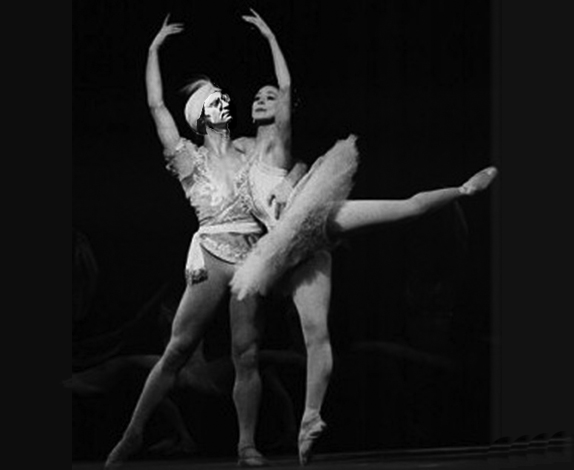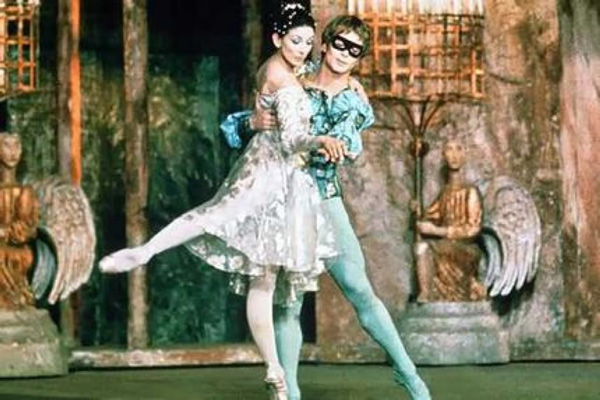Someone once said that ballet
is the art of suffering with grace.
The archives of the Royal Ballet list
a matinee and evening performance,
the last of the season,
on Saturday, August 2nd, 1975.
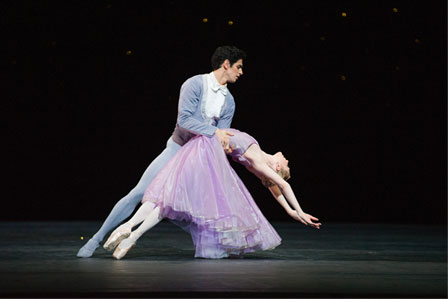  |
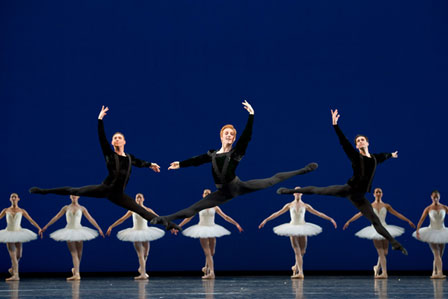  |
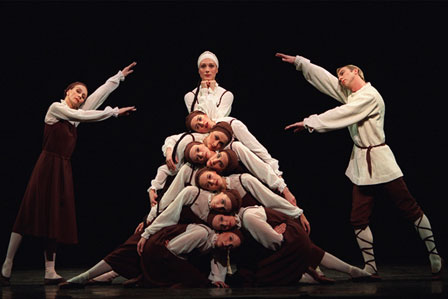  |
Romeo and Juliet was the matinee ballet,
and there were three shorter ones in the evening:
In the Night (1973),
Symphony (1975),
Les Noces (1966).
These were the last performances of the season.
Daphne alerted me to them. It was now or never.
We met at the Royal Opera House after I pigged out on the Tate.
I would like to believe we saw Kenneth MacMillan's choreography of Romeo and Juliet in the matinee performance with Margot Fonteyn and Rudolph Nureyev. Margot Fonteyn is not listed as one of the performers this day in the Royal Ballet archives, but I seem to remember something of her presence anyway. Phantom of the Ballet? More likely we saw the evening show with music by Chopin, Bizet, and Stravinsky, and choreography by Robbins, Balanchine, and Nijinska. Chopin's Nocturnes, Balanchine's choreography of hands, the lighting of subtle shades of brown — these fragments are by now mere wisps of memory, perhaps also pure fabrication, eventually they will fade to nothing. But I do remember leaving the Royal Opera House a greater appreciation of classical, if not for the grace and beauty, then at least for the pain and agony.
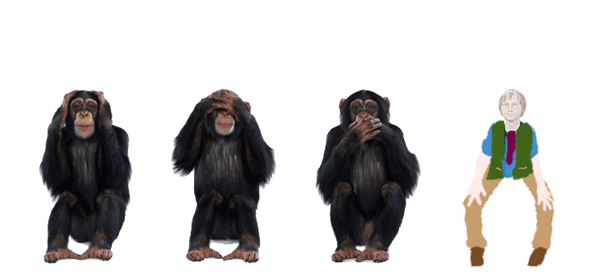
If you think about it, dance is the origin of all the arts and sciences.
You need only watch monkeys hopping around gesturing and screeching to witness the origin of all symbols, and thus all language, and music too.
All that hand jive led to drawing, and then painting, and all the other crafts as well.
These digital kinesthetics eventually evolved into
counting, calculation, capitalism, and our utopias of continuous consumption.
Don't you just love alliteration. Ever notice how many C-words in mathematics?
Educational research shows that dancing stimulates our learning of every discipline in the curriculum.
Dance originates in the primitive network of our brains where our gross motor coordinators function.
All fine motor coordinations, and thus all hand and speech coordinations, stem from these kinesthetic roots.
Educators are so eager to solve the world's problems that they have created the acronym
STEM for Science-Technology-Engineering-Math.
STEM attempts to integrate these four curricula areas into one interrelated discipline. However, it leaves out the most important integrating factor— the Arts.
The acronym should read STEAM, or better yet— TEAMS, with the Arts in the center.
For without the aesthetics, where is the incentive, the motivation, the carrot to learn the other four?
It is no coincidence that the first scientists, technologists, engineers, and mathematicians were first of all artists.
Da Vinci designed his
aeroplane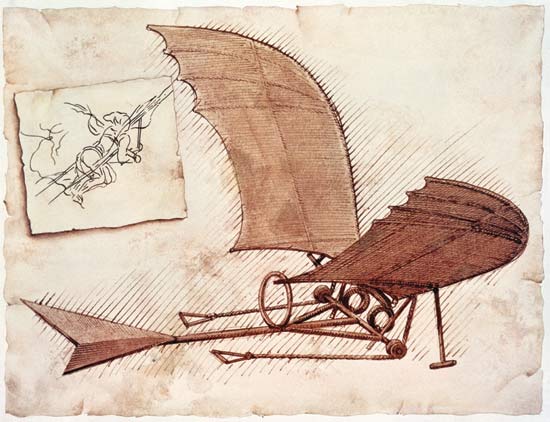 not only to satisfy his curiosity, but because flying was ultimately the most beautiful thing he could imagine.
It was also the most religious act he could fantasize, for it put him in league with the
angels.
If we add an 'R' for Religion to the acronym, we get STREAM? Isn't the best science and engineering a religious enterprise, a reach for infinity, an obsession with the boundless and immeasurable?
Now, if
Einstein
not only to satisfy his curiosity, but because flying was ultimately the most beautiful thing he could imagine.
It was also the most religious act he could fantasize, for it put him in league with the
angels.
If we add an 'R' for Religion to the acronym, we get STREAM? Isn't the best science and engineering a religious enterprise, a reach for infinity, an obsession with the boundless and immeasurable?
Now, if
Einstein 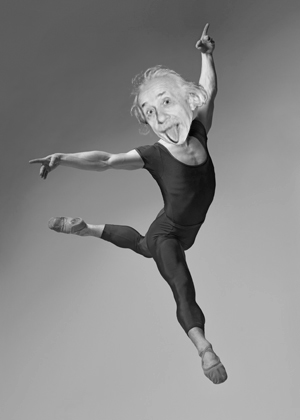 had only learned to foxtrot, hokey-pokey, or get his groove on, he may have solved the unified field theory.
had only learned to foxtrot, hokey-pokey, or get his groove on, he may have solved the unified field theory.
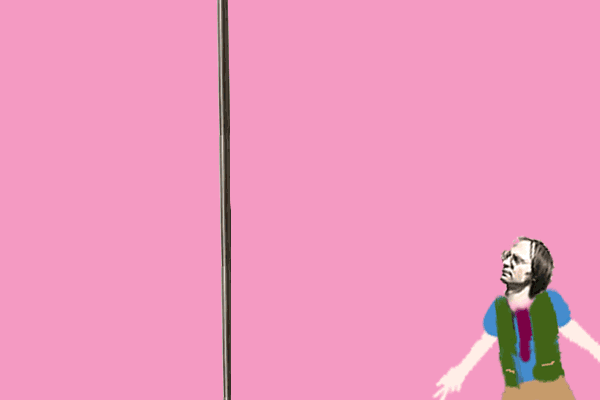
So don't shame the pole dancer.
She must be smarter than you —
she's naked,
yet she still has all your money.
Keep dancing.
You may get smart too.
